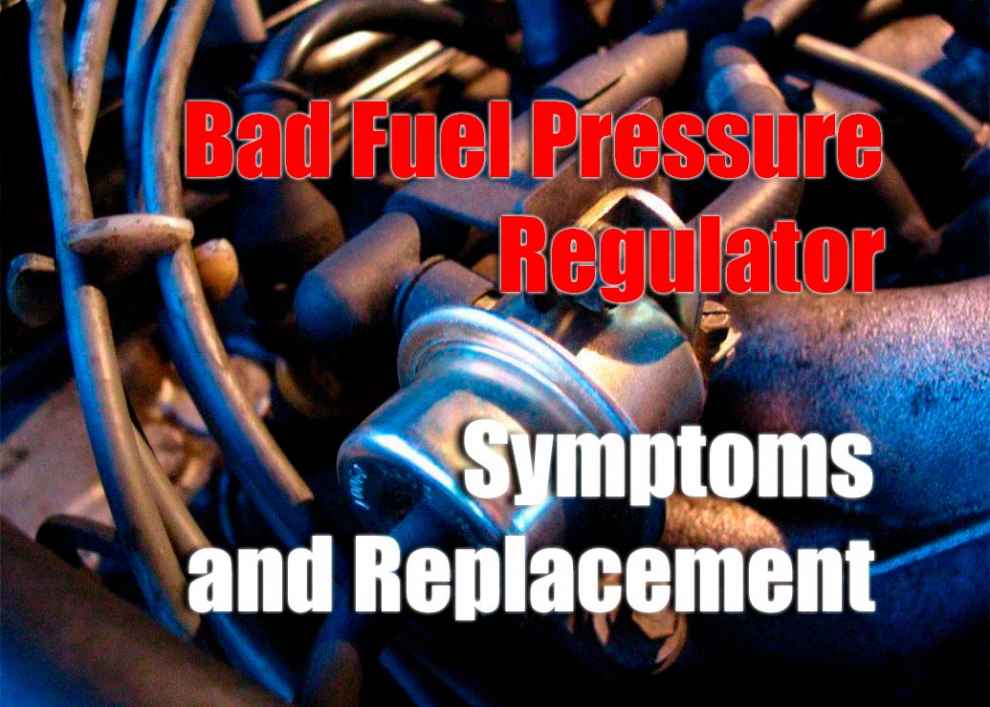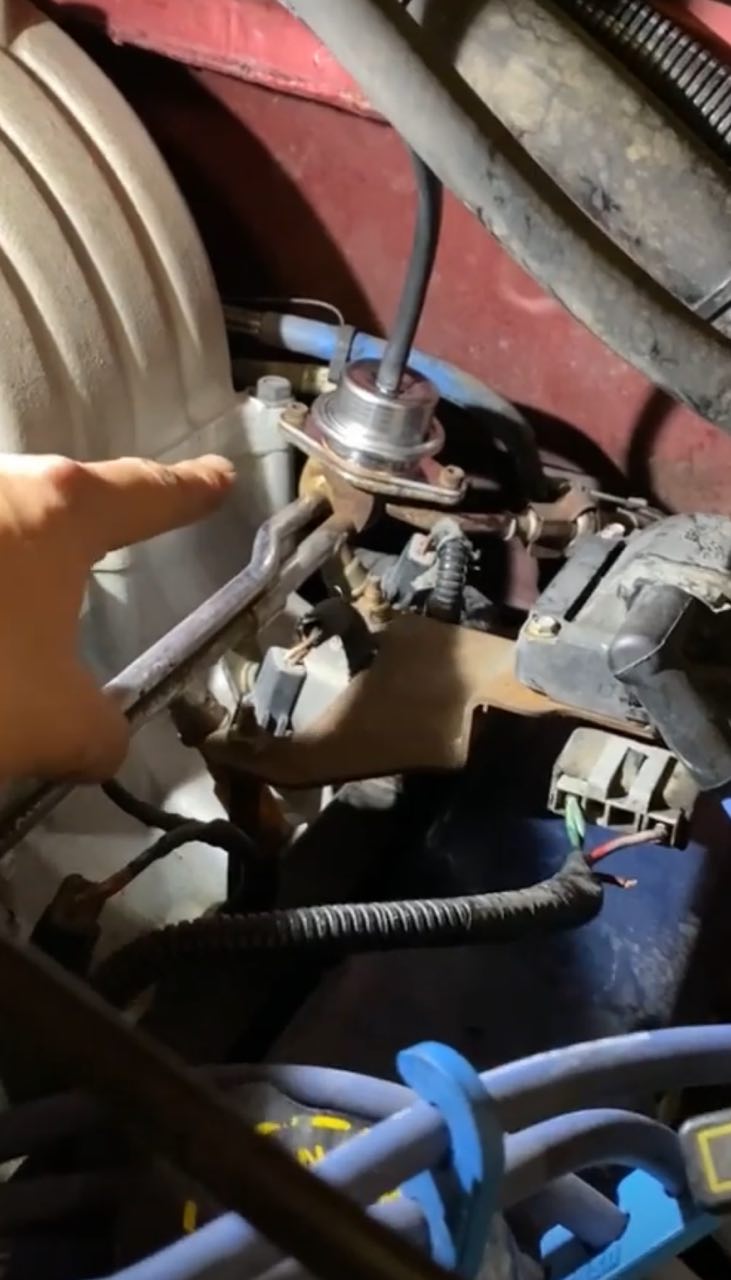When it comes to your car, there are many different components responsible for keeping it running smoothly. One of those components is the fuel pressure regulator. This device helps to regulate the pressure of fuel in your car’s engine, allowing fuel more efficiently and effectively. However, as with any other mechanical device, a failing fuel pressure regulator can lead to a range of problems in your vehicle. In this article, we will review some of the most common symptoms associated with a failing fuel pressure regulator so that you can recognize any issues early on and take appropriate action to address them. We will also discuss how to replace or repair a failing regulator properly. By understanding what signs to look out for and how best to respond when they arise, you can ensure your vehicle continues running at its optimal level for years.
What Is a Fuel Pressure Regulator?
A fuel pressure regulator is a part situated within a vehicle’s fuel system, and responsible for managing the pressure levels of the fuel system. It works by regulating the amount of fuel delivered to the engine so that it receives an optimal mix of air and fuel. The regulator is connected to the vehicle’s intake manifold or carburetor, and it constantly adjusts itself based on information from the engine – such as speed, load, and temperature – to ensure proper functioning. The main purpose of a fuel pressure regulator is to maintain an even flow of fuel to provide consistent power for all types of driving situations, whether accelerating quickly or cruising along at higher speeds. It also helps improve overall vehicle efficiency by ensuring that only the right amount of air and fuel is used for each situation. In addition, it helps reduce emissions from your car by controlling how much gasoline goes into your engine’s combustion chamber. Also read here about negative fuel trim in Jeeps.
Common Bad Fuel Pressure Regulator Symptoms
A defective fuel pressure regulator may lead to various problems, such as diminished engine performance and increased exhaust emissions. Some common symptoms of a bad fuel pressure regulator include:
-
Reduced Fuel Economy: A malfunctioning or bad fuel pressure regulator may cause excessive fuel to be delivered to the engine, leading to reduced gas mileage and decreased performance. It can also lead to increased emissions from the vehicle due to more unburnt gasoline exiting through the exhaust pipe.
-
Rough Idling: An erratic idle or a pronounced drop in RPMs when stopped at a light can be signs of a bad fuel pressure regulator, as it could be causing an uneven distribution of air/fuel mixture in the combustion chamber.
-
Starting Issues: Poor starting or stalling can indicate problems with your vehicle’s fuel system, including issues with your regulator. If too little or no gasoline is being fed into your engine, then you may have trouble starting up your car.
-
Check Engine Light: A faulty or malfunctioning regulator may cause your check engine light to come on. This is often accompanied by other fuel system-related issues that the vehicle’s computer has detected.
-
Fuel Leakage: In some cases, a malfunctioning or faulty fuel pressure regulator can cause leaking gasoline around the regulator itself and in other areas of the fuel system.
-
Unusual Odors: If the fuel pressure regulator is malfunctioning, it could cause gasoline to leak into other parts of the vehicle, leading to a strong gasoline smell in the passenger cabin.
Causes of a Bad Fuel Pressure Regulator
Several root issues can lead to a malfunctioning fuel pressure regulator. One of the primary issues is the wear and tear of its internal components, which can lead to a failure to maintain the correct fuel pressure. Contaminants in the fuel can also cause clogging or damage to the regulator, disrupting its operation. Sometimes, a defect in the diaphragm or seals within the regulator can result in fuel leaks, which not only affects the pressure but can also pose a safety risk. Additionally, exposure to extreme temperatures and pressure variations may weaken the regulator over time, impairing its functionality. Poor maintenance or the installation of incorrect or low-quality replacement parts can further exacerbate or directly lead to regulator failure. Understanding these potential causes is crucial for diagnosis and timely repair to ensure optimal engine performance.
Diagnosing and Repairing the Issue
The first step to diagnosing a bad fuel pressure regulator is to have the vehicle’s computer scanned for codes related to the fuel system. This process will assist in pinpointing any defective or poorly performing parts within the system, the regulator included. Afterward, a mechanic may perform additional tests, such as checking fuel pressure or replacing the regulator directly. Depending on your vehicle’s make and model, some regulators can be replaced without removing other components from the engine bay, while others may require additional work.
Conclusion
Identifying and repairing a bad fuel pressure regulator is necessary to keep your car running safely and efficiently. By understanding the symptoms of a failing regulator, you can be prepared to detect and repair the issue as quickly as possible before it causes serious damage. Additionally, understanding the potential causes of a bad fuel pressure regulator—including wear and tear, contamination, incorrect parts, or extreme temperatures—can help diagnose and repair the issue efficiently. Regardless of your vehicle’s make or model, use only qualified technicians for any repairs needed to ensure that your car remains safe on the road.

 Reduced Fuel Economy: A malfunctioning or bad fuel pressure regulator may cause excessive fuel to be delivered to the engine, leading to reduced gas mileage and decreased performance. It can also lead to increased emissions from the vehicle due to more unburnt gasoline exiting through the exhaust pipe.
Reduced Fuel Economy: A malfunctioning or bad fuel pressure regulator may cause excessive fuel to be delivered to the engine, leading to reduced gas mileage and decreased performance. It can also lead to increased emissions from the vehicle due to more unburnt gasoline exiting through the exhaust pipe.
Add Comment